Elecampane, use of the root in popular traditional medicine recipes
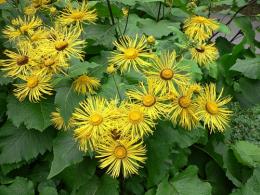
Plant elecampane has been famous for its beneficial properties for a long time. It is believed to contain nine powers, hence the name. Herbalists and traditional healers believe that the root of this plant cures all diseases.
Content:
- Description of the plant
- Useful properties of elecampane
- Preparation of medicines based on elecampane
- Medicine prescriptions
- Treatment of diseases with elecampane
- Elecampane in gynecology
- Contraindications
Description of the plant
Elecampane (another name is yellow) is a perennial herbaceous plant. It reaches three meters in length, has long dark leaves and large bright yellow flowers.
Found in the wild as bush. It grows mainly in fields, meadows, steppes, and ravines. Prefers proximity to water.

Often grown by a person himself in vegetable gardens and personal plots.
Useful properties of elecampane
Elecampane (also known as elecampane) contains the greatest amount of useful substances.
It contains in large quantities:
- essential oils (have antiseptic properties);
- flavonoids (have a general strengthening effect);
- resins (help against pathogenic bacteria);
- saponins (tonic and expectorant effect);
- mucous substances (help the gastrointestinal tract and throat diseases);
- alkaloids (natural pain relievers);
- vitamin E (successfully fights the first signs of aging and vision deterioration);
- inulin (safe sugar substitute).
Elecampane root helps with diseases of the reproductive system, throat and lung diseases, digestive system disorders, wounds and inflammation of the skin. It can be taken in case of problems with the liver, muscles and joints, nervous disorders and poor immunity.
Preparation of medicines based on elecampane
Ointments, decoctions, juices, infusions, teas, alcohol tinctures, balms, etc. are prepared from this plant. Fresh leaves and rhizomes, as well as powder from dried rhizomes, are used for medicinal purposes.
There are pharmaceutical preparations based on this herb, which are used in the treatment of intestinal and stomach ulcers, and helminthiasis. Dried roots of the plant are also sold in pharmacies.
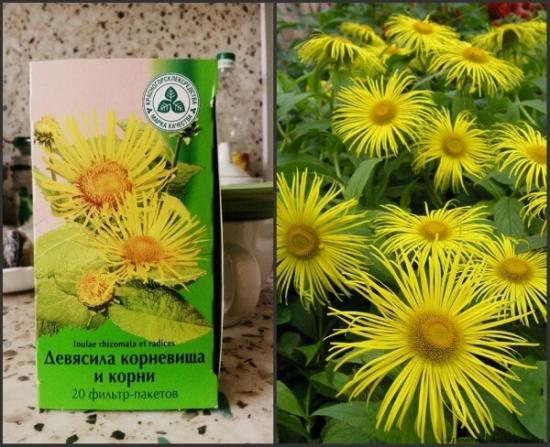
You can prepare raw materials for medicines from elecampane yourself. For this purpose, plants older than three years are selected. The concentration of nutrients in them is much higher than in young grass.
You need to carefully dig the plant out of the ground, separate the root from the rhizome and stem. Then it should be washed thoroughly, cut into thin layers and left to dry in the sun for several hours. Drying elecampane roots in the oven is not recommended. So it loses its properties.
Medicine prescriptions
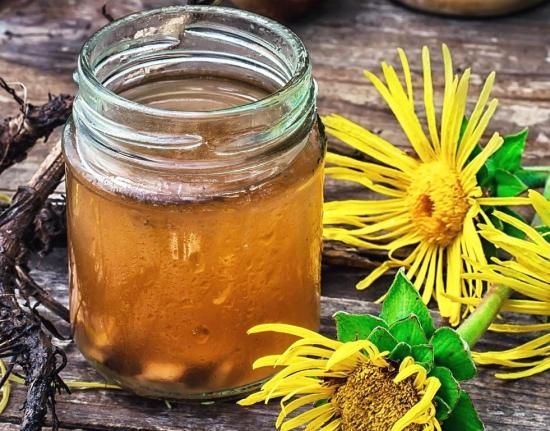
Wine tincture
Half a liter of red wine is mixed with crushed rhizome in the amount of two tablespoons. All this must be cooked for a quarter of an hour. After cooling and straining, it is recommended to drink it at a dose of 50 grams. twice a day.
A spoonful of freshly grated rhizomes and a spoon honey pour a liter of wine and keep on fire for half an hour, then cool and strain. Take 50 grams after meals three times a day.
Vodka tincture
The powdered rhizome of the plant in the amount of two teaspoons should be mixed with 0.5 liters of vodka. The mixture should be infused for two days in a dark, cool place and shaken from time to time. After infusion, it is filtered and taken orally, 25 drops before meals.
Finely chopped and grated fresh rhizome in the amount of two glasses is poured with two glasses of vodka. All this is infused for 10 days in a cool, dark place. Drink one teaspoon of the tincture before meals.
Decoction
You need to grind a teaspoon of the plant's rhizome and mix it with a glass of boiling water. The resulting mixture is cooked for a quarter of an hour. Then it needs to be left for several hours. Drink a tablespoon of the decoction at least three times a day.
Grind the rhizome, measure two tablespoons, add them to 250 g. hot water and boil for five minutes (used as a compress for muscle and joint pain).
100 gr. crushed rhizomes are poured into 1000 ml. cold water. The mixture must be boiled and kept on low heat for 4 hours (added to water when taking baths, used for washing for skin diseases and wounds).
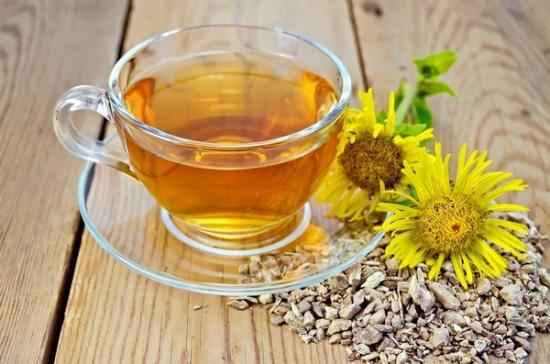
Infusion
Mix the crushed rhizome in the amount of 2 tablespoons with two glasses of boiling water. You need to take the infusion 3-4 times a day, two tablespoons.
Mix one tablespoon of rhizome powder and two glasses of cold water, then leave for 8 hours. Use half a glass before meals.
Ointment
Mix the powder from the dried rhizome with fat in a ratio of 1:5. Boil the resulting mixture for a quarter of an hour, then strain. It should be applied to inflammation or wounds on the skin once a day until healing.
Juice
Squeeze the juice from the root and mix it with honey in proportions 1:1. Drink a teaspoon three times a day shortly before meals.
Tea
Pour 1000 ml of boiling water over a teaspoon of finely chopped roots, then leave for a quarter of an hour. Drink one cup with honey three times a day.
Balm
Boil 50 gr. dried roots in 1000 ml of water for 25 minutes. Pour half a glass of juice into the prepared broth apple and 150 gr. Sahara. Drink cold three times a day, 3 tablespoons before meals. This is an excellent general tonic.
Oil
100 gr. dry and crushed rhizomes, pour 1000 ml of vegetable oil and keep in the sun for two weeks.
Powder
The dried and powdered root is taken for diseases of the gastrointestinal tract, liver and blood vessels. You need to use a small pinch once a day.
Treatment of diseases with elecampane
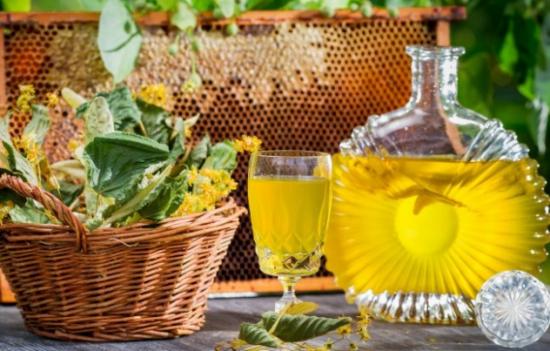
Pain in muscles and joints
Due to its high content of alkaloids, elecampane root is used for pain in arthritis and gout, pinched muscles, dislocations and fractures.
To relieve pain, it is recommended to rub the painful areas with alcohol or vodka. tinctures elecampane. You can drink the decoction or add it to water while taking a bath.
Colds
Elecampane root for coughs is often used in folk medicine. The mucous substances it contains coat the throat and promote better expectoration. Resins that help against pathogenic bacteria can cure coughs caused by harmful microorganisms.
It is believed that a decoction of this plant can alleviate the condition even with tuberculosis.
Skin diseases
When ulcers, wounds, purulent inflammations, as well as various dermatitis appear on the body, you can use ointment and oil based on elecampane, as well as lotions from its decoction.The leaves of this plant are applied to wounds for faster healing.
The essential oils contained in different parts of this herb have excellent anti-inflammatory properties.
Digestive system diseases
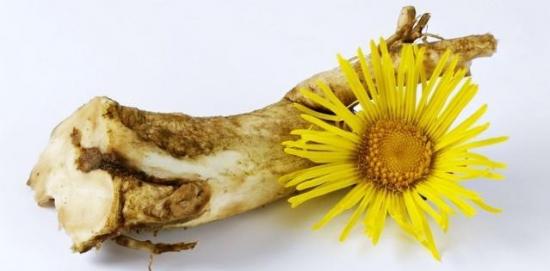
The mucus contained in elecampane root coats the walls of the stomach and intestines, which promotes better digestion. Decoctions from this plant help improve scarring of ulcers in the intestines and stomach, relieve constipation and diarrhea.
A decoction is also used to treat hemorrhoids, and an ointment applied to lumps in the rectum helps stop bleeding and relieve pain.
Gum inflammation
Rinsing your mouth with a decoction of elecampane will help stop the inflammatory process, relieve bleeding gums, and stop pain.
Diabetes
Inulin contained in elecampane replaces glucose, which is harmful for diabetics, with fructose and normalizes blood sugar.
Cardiovascular diseases
Inulin also reduces cholesterol levels. Taking elecampane decoction helps lower blood pressure.
Liver diseases
In the treatment of chronic hepatitis, infusions of elecampane root are used along with other medications.
Decreased immunity
Preparations prepared from this plant contribute to the overall strengthening of the body and restoration of its protective properties.
Hangover syndrome
Infusions or decoctions of elecampane flowers help relieve hangovers and relieve headaches.
Nervous disorders
Taking a wine tincture of elecampane rhizome is indicated for loss of strength, mood swings, and depression. Half a glass of the drug per day is enough to improve the condition.
Male infertility
A decoction of elecampane helps increase sperm production, their activity and life expectancy inside the uterus.
Elecampane in gynecology
They recommend the use of decoctions and tampons soaked in them in the treatment of infertility. The active substances in elecampane have a stimulating effect on the ovaries and have a beneficial effect on the ovulation process, which promotes conception.
Douching with a decoction of this plant helps relieve inflammation of the genital organs.
You can drink decoctions and infusions during delayed menstruation not caused by pregnancy. The use of elecampane root will induce menstruation and normalize the cycle.
The alkaloids contained in the plant can help with painful periods.
Elecampane is also widely used for making homemade cosmetics. It fights early signs of aging and is used to prevent wrinkles. Baths with elecampane help rejuvenate the body.
Anti-inflammatory properties plants used to treat acne. If you rinse your hair with a decoction of elecampane, you can get rid of dandruff and hair loss.
Thanks to the way elecampane cleanses the intestines and its diuretic properties, taking this plant promotes weight loss.
Contraindications
Before using medications prepared from elecampane, you should consult your doctor, since there are a number of conditions in which taking these drugs is contraindicated:
- pregnancy, elecampane can cause bleeding, which is harmful during pregnancy, and can also cause miscarriage in the early stages;
- lactation, taking elecampane may spoil the taste of milk;
- children under 12 years of age;
- individual intolerance to components;
- severe kidney disease and hearts;
- chronic constipation;
- excessive blood viscosity;
- Overdose may cause poisoning.
The roots, leaves and flowers of elecampane have undeniable beneficial properties. But before using them, consultation with a specialist is necessary.
When treating various diseases, you should first use traditional medicine, and take elecampane preparations as concomitant therapy.
We recommend watching a video about the medicinal properties of elecampane:

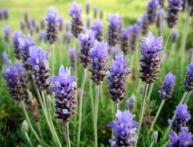
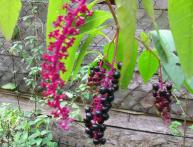
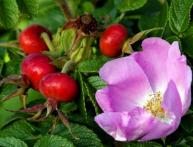

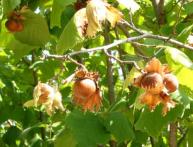
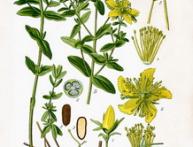
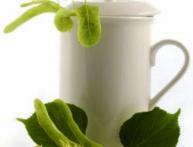

Comments
Elecampane and the use of this root in popular traditional medicine recipes is not used in our family. After all, you and I, friends, live in the 21st century and it’s time to use classical, traditional medicine;)
In general, this is a poisonous plant and when taking it, you first need to remember this. I remember using it to induce menstruation (I wanted to go to the seaside, but those days didn’t come), it helped me, but I doubt that its effect can be equated to an abortion.